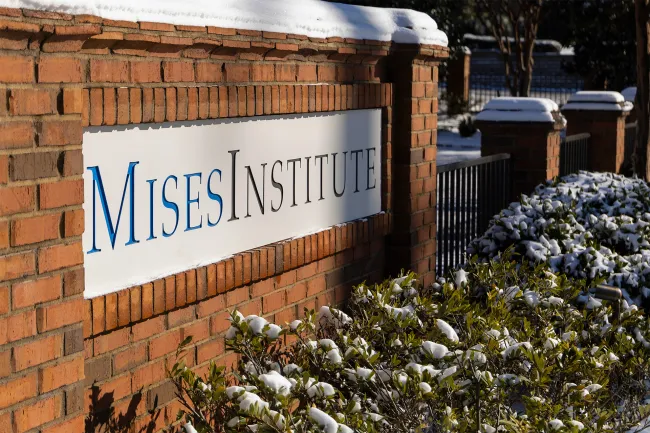Atomic Salvation: Did the Atom Bombs Save 500,000 to 32 Million Lives?
“I wanted to save a half million boys on our side.... I never lost any sleep over my decision.”—Harry Truman, (quoted in Alfred Steinberg, The Man From Missouri (New York, 1962), p. 259)
